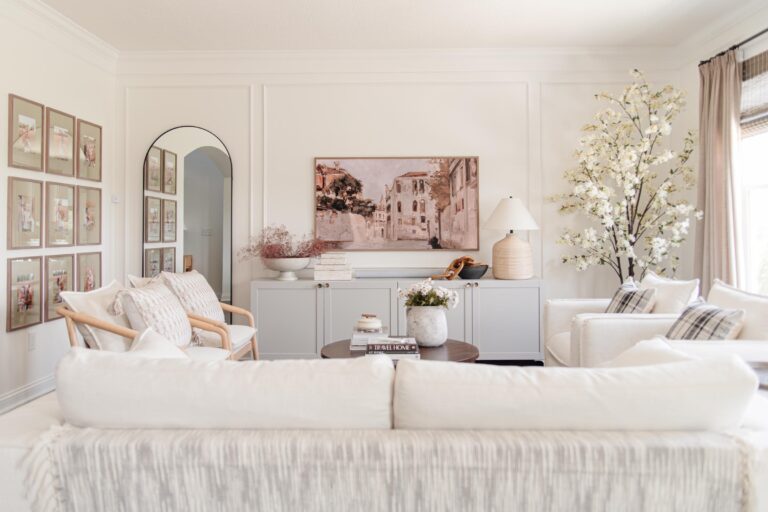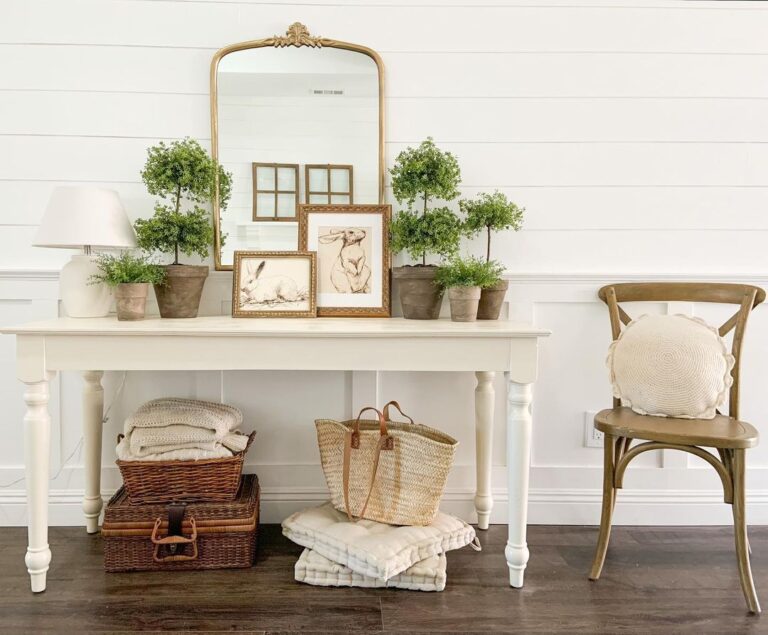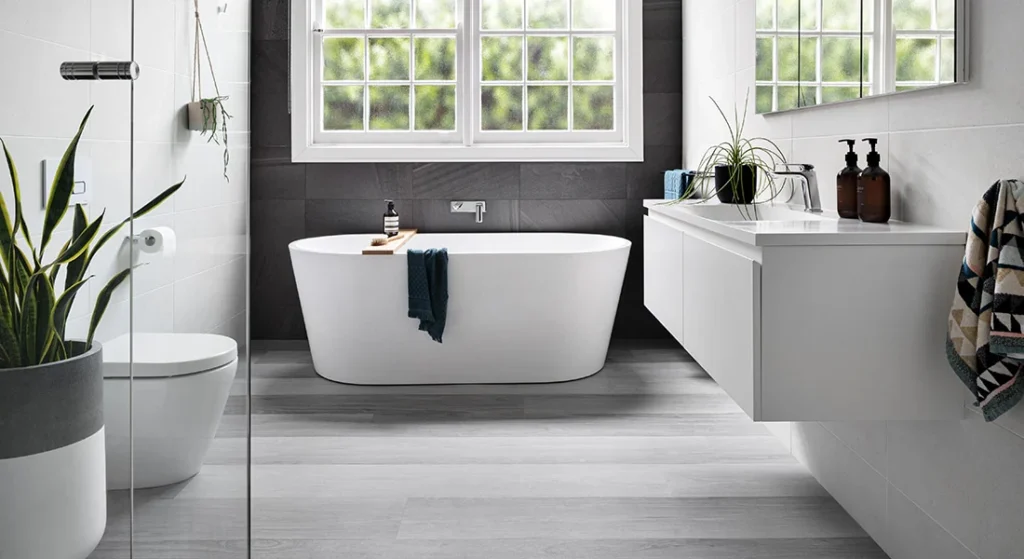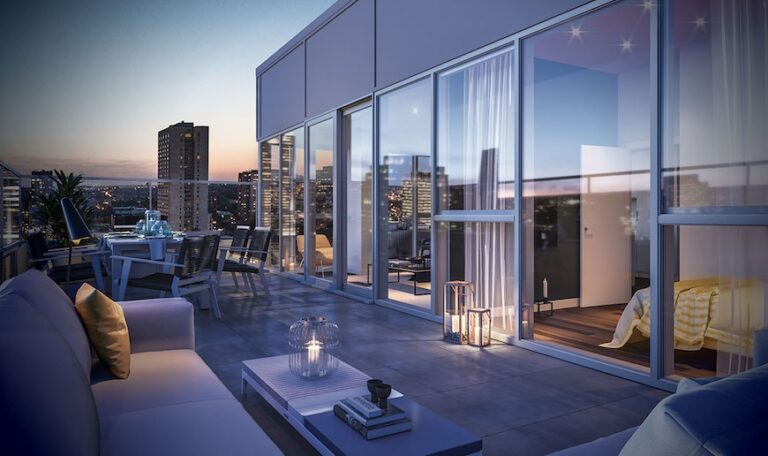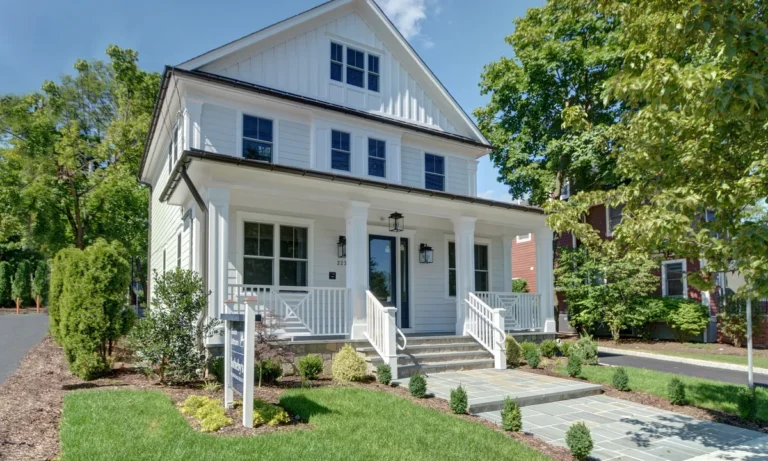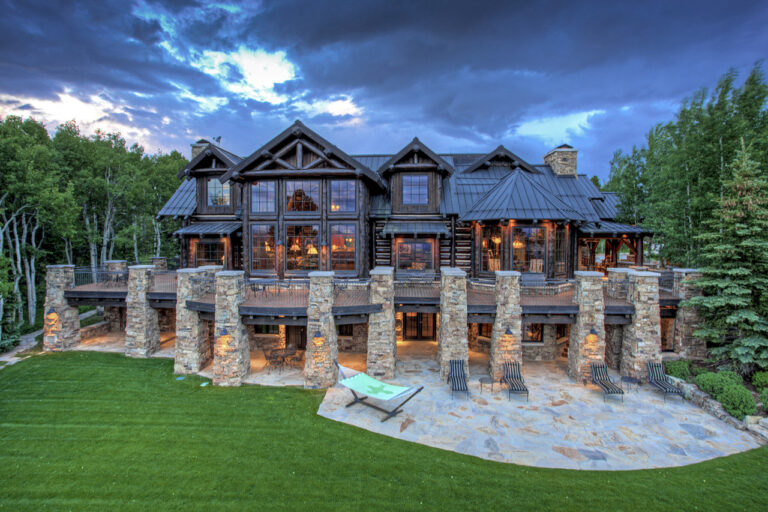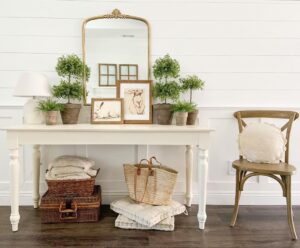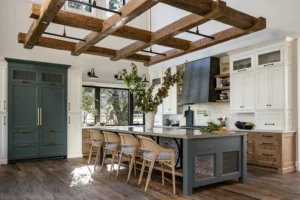Maria stared down at her bathroom floor in frustration. It was only two years old, yet cracks had already started to appear around the shower area. Despite spending hours researching the best options, her beautiful hardwood flooring, which looked amazing when first installed, had proven to be a costly mistake. Every time her children splashed water out of the bathtub or when her husband returned from an evening jog and dripped sweat across the floor, she could feel the wood swelling underfoot. The initial beauty had faded, and what was once her dream bathroom was slowly becoming a renovation nightmare.
Like many homeowners, Maria learned the hard way that not all bathroom flooring is created equal, especially in the bathroom. The bathroom is one of the most challenging rooms in the house for flooring due to its constant exposure to water, humidity, and fluctuating temperatures. But, with the right knowledge and understanding of material options, anyone can make a well-informed decision that balances durability, style, and cost-effectiveness.
In this article, we’ll guide you through the best bathroom flooring options, supported by data and industry trends, to ensure your bathroom floor not only looks great but stands the test of time.
Understanding the Challenges of Bathroom Flooring
Bathrooms are unique environments. Between showers, steamy baths, and the occasional water spill, the space is constantly exposed to moisture. This makes choosing the right flooring material crucial.
According to the National Association of Home Builders (NAHB), bathrooms are responsible for approximately 60% of moisture-related damage in residential homes [NAHB, 2020]. Floors that are not designed to handle moisture can warp, crack, or mould, creating both aesthetic and structural issues.
Choosing the right flooring can save homeowners thousands in repair costs. A study from Remodeling Magazine found that the average cost to repair a water-damaged floor is around $2,500, with high-end damages costing up to $6,000 depending on the materials used [Remodeling Magazine, 2022].
The Most Popular Bathroom Flooring Options
- Ceramic and Porcelain Tile
When you think about bathroom floors, ceramic and porcelain tiles are often the first materials that come to mind, and for good reason. These materials are highly water-resistant and come in an array of designs, colours, and textures.
- Durability: Porcelain tile is denser and less porous than ceramic, making it slightly more water-resistant. However, both are excellent choices for bathrooms. With proper grout and sealing, they can last decades.
- Cost: On average, ceramic tiles cost between $5 and $10 per square foot, while porcelain tiles range from $6 to $12 per square foot [HomeAdvisor, 2023].
- Maintenance: The tile is easy to clean, but the grout can require more attention, as it may stain or develop mildew over time.
A recent consumer survey showed that 70% of homeowners prefer ceramic or porcelain tiles for their bathrooms, largely due to their durability and ease of cleaning [Houzz Bathroom Trends, 2023].
- Vinyl Flooring (Luxury Vinyl Tiles and Sheets)
Vinyl has come a long way in recent years and is now one of the top choices for bathroom flooring. Luxury Vinyl Tiles (LVT) and Vinyl Sheets are waterproof, budget-friendly, and available in designs that mimic more expensive materials like wood or stone.
- Durability: Vinyl flooring can last between 10-20 years, depending on the quality and maintenance, making it a practical long-term solution for busy households.
- Cost: Luxury Vinyl Tile typically costs between $2 and $5 per square foot, making it an affordable option [HomeAdvisor, 2023].
- Water Resistance: LVT is fully waterproof, meaning it’s ideal for bathrooms with high moisture exposure, unlike older laminate options that are prone to swelling and warping.
A recent report from Grand View Research projects the vinyl flooring market to grow at a rate of 6.9% annually through 2028, reflecting its growing popularity in moisture-prone areas like bathrooms [Grand View Research, 2023].
- Natural Stone
Natural stone flooring, including marble, granite, and slate, brings an elegant and luxurious feel to any bathroom. However, it’s important to weigh its aesthetic appeal against practical concerns.
- Durability: Natural stone is durable, but its porosity varies. Some stones, like marble, require regular sealing to prevent water damage.
- Cost: Natural stone is among the most expensive flooring options, with prices ranging from $10 to $30 per square foot [HomeAdvisor, 2023].
- Maintenance: While stone is beautiful, it demands a higher level of care, including sealing every 1-2 years to maintain its water resistance.
Despite its high cost, stone flooring remains a popular choice for luxury homes. A Zillow report found that homes with natural stone bathrooms tend to sell for up to 12% more than homes with standard flooring options [Zillow, 2022].
- Engineered Wood
While solid hardwood is not recommended for bathrooms due to its susceptibility to water damage, engineered wood can be a suitable alternative for those who want the warm, natural look of wood.
- Durability: Engineered wood consists of a real wood veneer on top of plywood or high-density fiberboard (HDF), making it more stable in moist environments than solid wood. However, it still requires protection from prolonged exposure to water.
- Cost: Engineered wood flooring generally costs between $4 and $12 per square foot [HomeAdvisor, 2023].
- Water Resistance: Engineered wood is more moisture-resistant than traditional hardwood but is not entirely waterproof, so spills need to be cleaned up quickly.
A study by Builder Online indicated that engineered wood is growing in popularity for bathrooms due to its aesthetic appeal combined with moderate water resistance, particularly in higher-end remodels [Builder Online, 2022].
The Rise of Eco-Friendly Bathroom Flooring
Environmental concerns are increasingly shaping consumer choices. Homeowners are now looking for sustainable materials that also perform well in wet environments.
- Cork Flooring
Cork is an eco-friendly, renewable resource harvested from the bark of cork oak trees. It’s naturally water-resistant and offers a soft, warm feel underfoot, making it an interesting option for bathroom flooring.
- Durability: While cork is naturally resistant to water, it must be properly sealed to protect it from moisture over time. With good maintenance, cork flooring can last 10-15 years in a bathroom setting.
- Cost: Cork flooring ranges from $5 to $10 per square foot [HomeAdvisor, 2023].
- Eco-friendliness: Cork is biodegradable and sustainably harvested, making it one of the greenest flooring options available.
- Bamboo Flooring
Bamboo is another sustainable option for bathroom flooring, especially if it’s engineered and sealed for moisture resistance.
- Durability: Engineered bamboo can withstand high humidity, but like wood, it can be prone to water damage if not properly sealed.
- Cost: Bamboo flooring costs between $5 and $12 per square foot [HomeAdvisor, 2023].
- Eco-friendliness: Bamboo is a fast-growing, renewable resource, making it an eco-conscious choice for homeowners.
A study by Green Building Elements showed that 22% of homeowners consider eco-friendliness a top priority when choosing flooring, particularly in new constructions and remodels [Green Building Elements, 2023].
Conclusion: Make the Right Choice for Your Bathroom
Choosing the right bathroom flooring can be overwhelming. Still, by weighing the pros and cons of each material—and considering factors such as water resistance, durability, and cost—you can make an informed decision that will stand the test of time. Whether you prefer the timeless look of tile, the warmth of vinyl, or the luxury of natural stone, there’s an option for every style and budget.
And for homeowners like Maria, who learned the hard way, the right flooring material can mean the difference between a bathroom you have enjoyed for years and one that requires constant repairs. By understanding the unique demands of bathroom environments and selecting durable, water-resistant materials, you can avoid costly mistakes and ensure that your bathroom remains both functional and beautiful for the long term.


